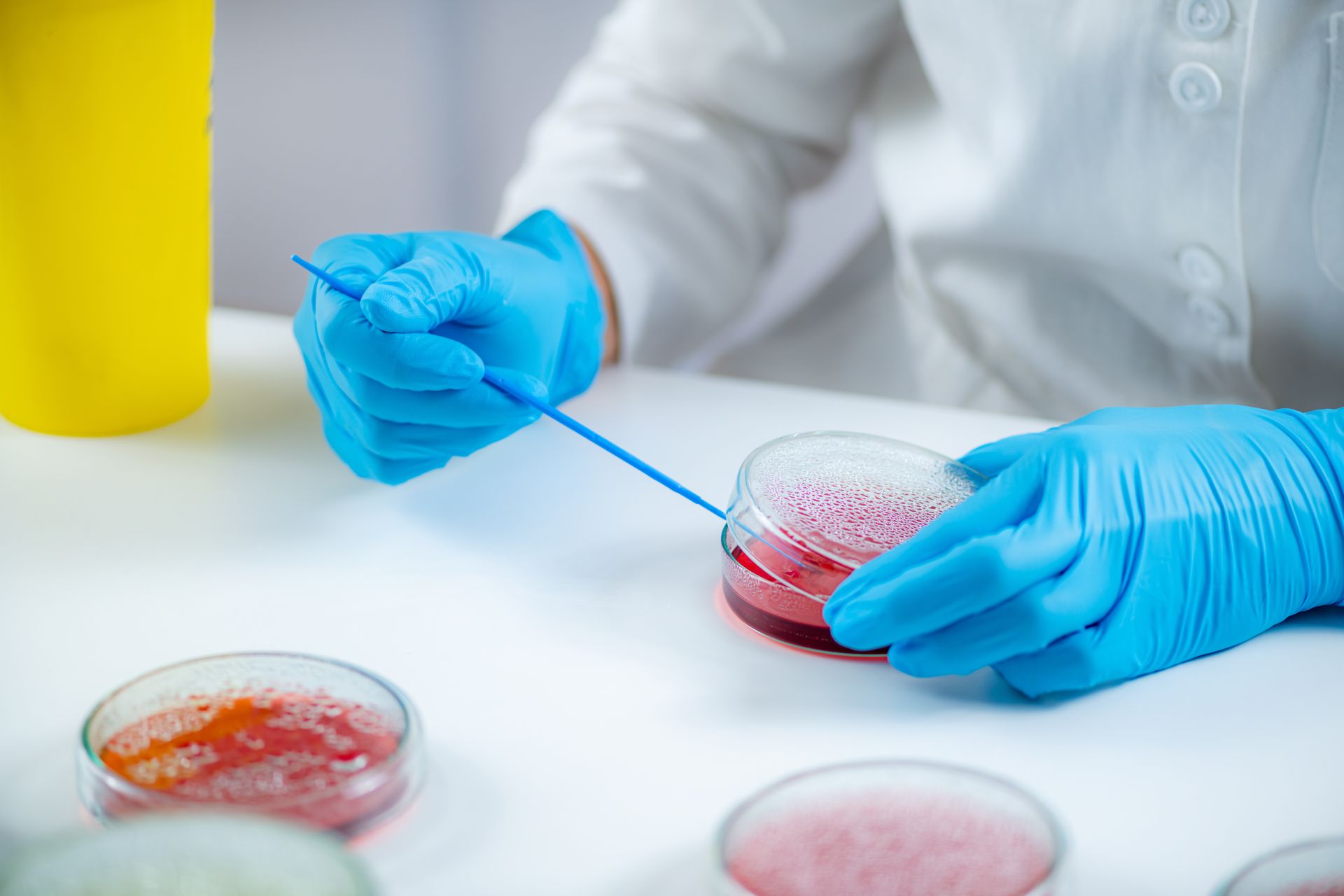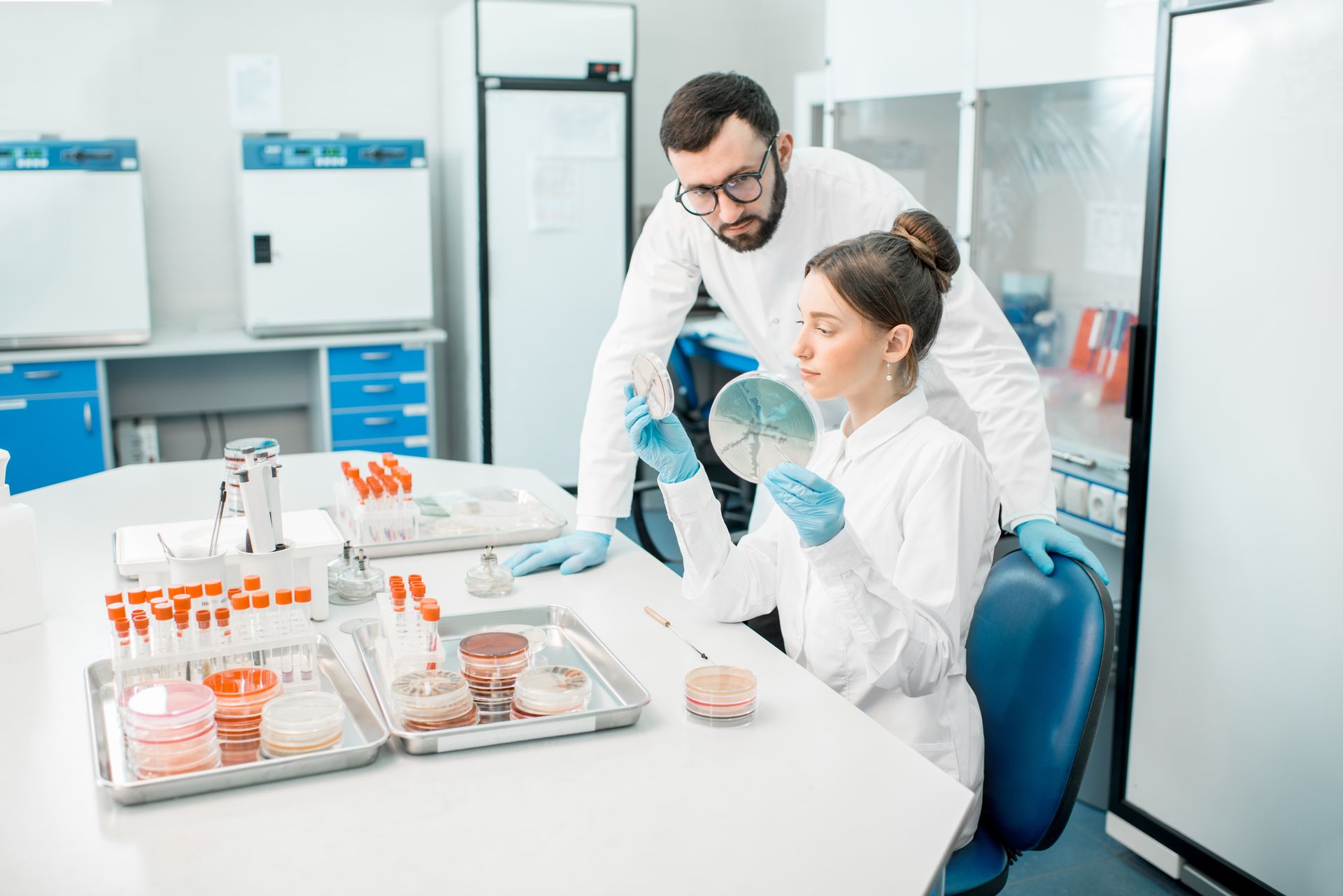Nature Biotechnology
“Drag-and-drop genome insertion of large sequences without double-strand DNA cleavage using CRISPR-directed integrases.”

New genetic way of potentially targeting to replace genes, not just correct individual mutations.
- The role of serine integrases can insert huge chunks of DNA, as large as 50,000 base pairs.
- These enzymes target specific genome sequences known as attachment sites.
- When they find the site in the host genome, they bind to it and integrate their DNA payload.
- Like CRISPR, these integrases come from bacteria and the viruses that infect them.
- The attachment sites are very specific, and it’s difficult to reprogram integrases to target other sites.
- The MIT team realized that combining these enzymes with a CRISPR-Cas9 system that inserts the correct site would enable easy reprogramming of the powerful insertion system.
- PASTE includes a Cas9 enzyme that cuts at a specific genomic site, guided by a strand of RNA that binds to that site.
- This allows them to target any site in the genome for insertion of the attachment site, which contains 46 DNA base pairs.
- This insertion can be done without introducing any double-stranded breaks by adding one DNA strand first via a fused reverse transcriptase, then its complementary strand.

- Once the site is incorporated, the integrase can come along and insert its much larger DNA payload into the genome at that site.
- It is possible toPASTE to insert genes into several types of human cells, including liver cells, T cells, and lymphoblasts. They tested the delivery system with 13 different payload genes, including some that could be therapeutically useful, and were able to insert them into nine different locations in the genome.
- In these cells, the researchers were able to insert genes with a success rate ranging from 5–60%. This approach also yielded very few unwanted “indels” at the sites of gene integration.
- More specifically, the authors noted that PASTE has editing efficiencies “similar to or exceeding those of homology-directed repair and non-homologous end joining-based methods, with activity in nondividing cells and in vivo with fewer detectable off-target events.”
- We see very few indels, and because we’re not making double-stranded breaks, you don’t have to worry about chromosomal rearrangements or large-scale chromosome arm deletions.
- The researchers also demonstrated that they could insert genes in “humanized” livers in mice. Livers in these mice consist of about 70% human hepatocytes, and PASTE successfully integrated new genes into about 2.5% of these cells.
- The DNA sequences that the researchers inserted in this study were up to 36,000 base pairs long, but they believe even longer sequences could also be used.
- A human gene can range from a few hundred to more than two million base pairs, although for therapeutic purposes only the coding sequence of the protein needs to be used, drastically reducing the size of the DNA segment that needs to be inserted into the genome.
- The researchers are now further exploring the possibility of using this tool as a possible way to replace the defective cystic fibrosis gene. This technique could also be useful for treating blood diseases caused by faulty genes, such as hemophilia and G6PD deficiency, or Huntington’s disease, a neurological disorder caused by a defective gene that has too many gene repeats.
